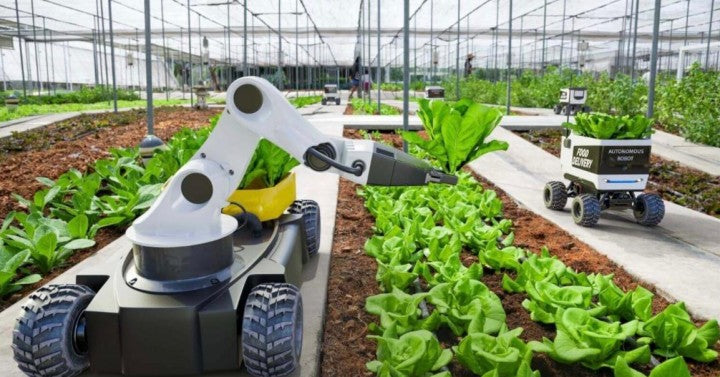
The Future of Farming: How Agritech Innovations Are Transforming Agriculture
Agriculture has long been the backbone of many economies, providing sustenance, employment, and trade opportunities worldwide. However, as climate change, resource depletion, and population growth pose challenges to traditional farming, the rise of agricultural technology (agritech) is revolutionizing the industry. With the integration of cutting-edge innovations, farmers are now equipped with tools that improve efficiency, boost yields, and promote sustainability.
Smart Farming and Precision Agriculture
One of the most significant advancements in agritech is the adoption of smart farming and precision agriculture. These methods rely on data-driven approaches to optimize farming processes. Technologies such as drones, IoT (Internet of Things) sensors, and GPS-guided machinery allow farmers to monitor soil health, track crop growth, and manage resources more effectively. This not only minimizes waste but also increases overall productivity.
For instance, precision irrigation systems use real-time data to determine the exact amount of water crops need, reducing water consumption and improving crop health. Likewise, automated tractors and AI-driven monitoring systems help in early pest detection, preventing crop loss and reducing dependency on harmful pesticides.
Vertical Farming and Hydroponics
Urbanization has led to a decline in available farmland, making traditional agriculture less feasible in many areas. Vertical farming and hydroponics have emerged as viable solutions, allowing food production in controlled environments. These methods use stacked layers of crops grown under LED lights and nutrient-rich water, eliminating the need for soil and minimizing water use by up to 90%.
Countries like Singapore and the Netherlands have successfully implemented vertical farms to address food security concerns. This innovation not only ensures a year-round supply of fresh produce but also reduces transportation costs and carbon emissions linked to food imports.
Biotechnology and Sustainable Practices
Biotechnology is playing a crucial role in improving crop resilience against diseases and extreme weather conditions. Through genetic engineering and CRISPR gene-editing technology, scientists are developing drought-resistant and pest-resistant crops, reducing reliance on chemical pesticides and fertilizers.
Additionally, the use of biofertilizers and eco-friendly pest control methods is gaining traction. These alternatives enhance soil fertility and promote biodiversity while reducing the negative environmental impact associated with traditional chemical-based agriculture.
The Role of Artificial Intelligence in Agribusiness
AI and machine learning are further revolutionizing agriculture by enabling predictive analytics. Farmers can now use AI-powered software to forecast weather patterns, predict market demands, and optimize supply chain logistics. This allows for better decision-making and reduces financial risks associated with crop failures or market fluctuations.
AI-driven robotics are also streamlining labor-intensive processes such as harvesting, sorting, and packaging, addressing labor shortages while increasing efficiency.
Challenges and the Road Ahead
Despite its promising potential, agritech adoption faces several challenges, including high initial costs, lack of access to technology in rural areas, and resistance to change among traditional farmers. Governments, private sectors, and research institutions must work together to provide funding, training, and infrastructure to bridge the digital divide in agriculture.
As agritech continues to evolve, the focus should remain on sustainable and inclusive development. By leveraging technological advancements, the agricultural sector can not only meet global food demands but also create a more resilient and environmentally friendly food system for future generations.
The future of farming is here, and agritech innovations are leading the way toward a smarter, more efficient, and sustainable agricultural landscape.
